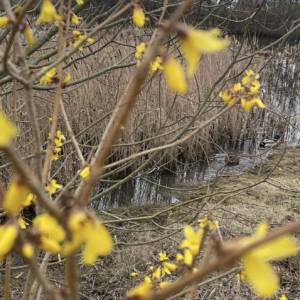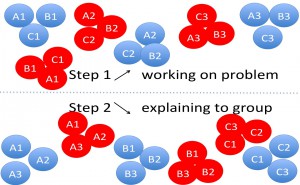
Published! Daae et al. (2025) “How academic developers can use modelling to promote active learning and co-creation”
Published on the 23rd of December! Check it out here! K. Daae, C. Bovill & M. S. Glessmer (23 Dec 2025): How academic developers can use modelling to promote active…






